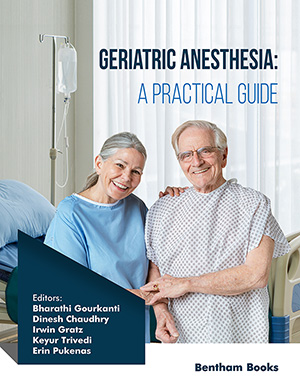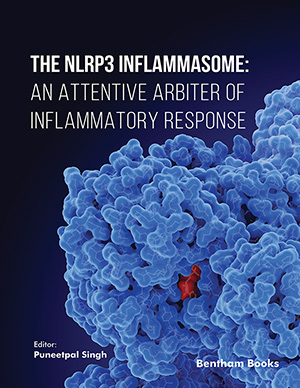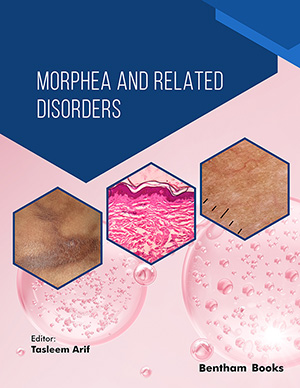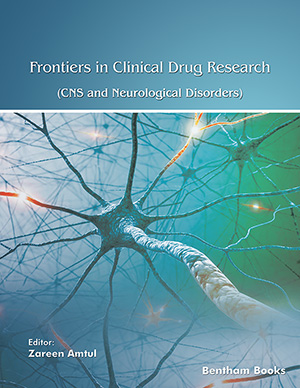Abstract
Contrary to aneurysmal bleeding, non-aneurysmal non-traumatic subarachnoid hemorrhage (NASAH) is rarely associated with unfavorable clinical outcome, cerebral infarction and vasospasm. We aimed to identify independent predictors for a poor clinical course and outcome after NASAH. All patients with NASAH treated at our institution between January 2005 and December 2012 were retrospectively analyzed. Collected demographic, clinical and radiographic variables were divided into primary (admission) and secondary (follow-up) parameters. Independent predictors of unfavorable outcome (defined as modified Rankin scale=3-6), cerebral infarction and development of vasospasm were identified. In addition, a risk score for the estimation of clinical outcome was designed. Out of population with 157 NASAH patients, unfavorable outcome was documented in 57 cases (36.3%) at discharge and in 17 cases (10.8%) after 6 months. Cerebral infarction(s) were found in 7 patients (4.3%). In multivariate analyses, higher age (≥65 years), poorer initial clinical condition measured by Hunt & Hess grade and diffuse basal bleeding pattern were independent outcome predictors and therefore included in the risk score (1-8 points). The risk score correlated with outcome at discharge (p<0.0001) and clinical improvement after 6 months (p=0.0238). A diffuse basal bleeding pattern predicted the detection of vasospasm by transcranial Doppler (p=0.001). Poor initial clinical condition (p=0.028) and vasospasm (p=0.031) were associated with the occurrence of cerebral infarction. NASAH patients with higher age, bad clinical condition on admission and diffuse bleeding pattern are prone to unfavorable outcome. The proposed risk score helps to identify patients with poor prognosis after NASAH.
Keywords: Non-aneurysmal, subarachnoid hemorrhage, outcome, infarction, vasospasm, prediction, risk score.





























